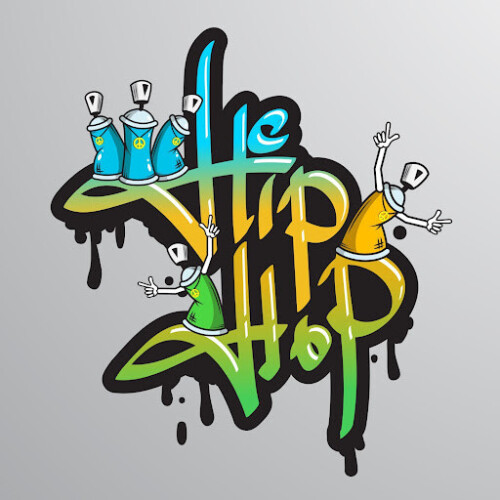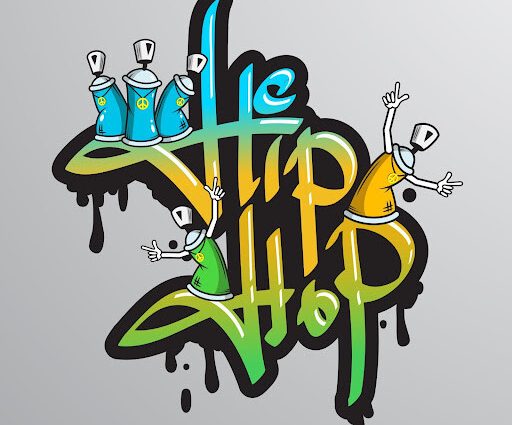
The way teachers impact knowledge in schools has undergone significant transformations. As classrooms have become more diverse, they now recognize the need to adopt responsive teaching practices. The approach acknowledges and values students’ cultural identities, backgrounds, and experiences.
Hip-hop encompasses artistic expressions like music, dance, and spoken word poetry. It has evolved into a global cultural phenomenon. Hence, it resonates with diverse populations and boundaries. Hip-hop offers a unique opportunity to connect with students on a cultural level. It bridges the gap between their lived experiences and the academic content. Hip-hop’s dynamic nature captures the attention and interest of academicians. As a result, it is a compelling essay topic at the university. The prominent writing services also provide reliable assignment assistance to college students struggling to write quality reports on these topics. In this article, you will learn about hip-hop’s role in a culturally responsive educational system.
Understanding Hip-Hop as a Cultural and Educational Tool
Since its emergence in the 1970s, Hip-hop has responded to the social and economic challenges marginalized communities face. It started in African-American communities in New York City. Hip-hop provided a platform for self-expression, storytelling, and resistance against injustice. Its elements impact students’ engagement and response to teaching. Some of which include:
Music
This is characterized by its beats, rhymes, and lyrical storytelling. It provides a platform for artists to express their experiences, perspectives, and societal issues.
Dance
It is energetic and expressive, allowing students to engage physically and emotionally. It promotes creativity, coordination, and confidence while emphasizing individual style and self-discipline.
Art
This encompasses graffiti and street art, representing the culture’s vibrancy and creativity. Studying hip-hop art introduces students to various techniques, symbolism, and cultural influences. It encourages creativity and self-expression.
Language
This is a fundamental aspect of this field, using wordplay, metaphors, and storytelling techniques. Studying the lyrics promotes language and creative writing skills. It enhances the critical analysis of the themes and messages conveyed in the music. It encourages students to explore the power of words and their impact on society.
Incorporating Hip-Hop in Culturally Responsive Teaching
CRT is an educational approach that values students’ cultural backgrounds and experiences. It creates an inclusive learning environment where everyone can thrive. Here are the principles and strategies of the teaching approach:
- Active Learning and Engagement
It encourages students to contribute their perspectives, experiences, and talents to the learning process.
- Building Relationships and Inclusive Curriculum
The lesson approach emphasizes the importance of relating to students. It involves getting to know each student, understanding their backgrounds, and creating a supportive classroom. With this, the details are used in designing a curriculum that reflects students:
- Cultural backgrounds
- Histories
- Experiences
- Language and Communication
Culturally responsive teaching values and respects the linguistic diversity of students. The teacher supports and affirms learners’ languages while developing their academic English proficiency.
It uses various assessment methods that align with learners’ cultural backgrounds and experiences. This includes performance-based tasks and projects that allow students to showcase their learning.
Although there are different strategies for integrating hip-hop into curriculum design. These include the following:
- Incorporating hip-hop dance and movement activities into physical education or art classes. This allows students to explore dance steps and develop coordination.
- Integrating hip-hop-inspired art and design projects into visual arts classes. Students may explore graffiti techniques, create album covers, and design fashion elements. They can also depict social issues through their artwork.
- Introducing students to the technical aspects of music production. This approach allows learners to express themselves and develop skills in music production.
- Engaging students in analyzing hip-hop lyrics by examining themes, metaphors, social commentary, and cultural references. This enhances language arts skills, promotes critical thinking, and sparks social discussion.
- Encourage students to research and present various aspects of hip-hop culture. This includes presentations on influential artists or their impact on social movements.
Case Studies and Examples
Hip-hop has proven to be a powerful tool for CRT with its creative and engaging educational approaches. As a result, many case studies and examples show the successful implementation of hip-hop in the classroom. These highlight its effectiveness in enhancing student engagement. Some of which include:
- Hip-Hop History Curriculum
- Rap Therapy Program
- Mathematics of Hip-Hop Lesson
- Hip-Hop Poetry Slam
- Hip-Hop Dance and Culture
Conclusion
Hip-hop paves the way to engage diverse learners in the classroom. It bridges the gap between students’ experiences and academic content. As a result, it makes education more relevant and meaningful. Hip-hop enhances a learning environment where students’ voices are valued.
© 2023, Seth “Digital Crates” Barmash. All rights reserved.
Source link

